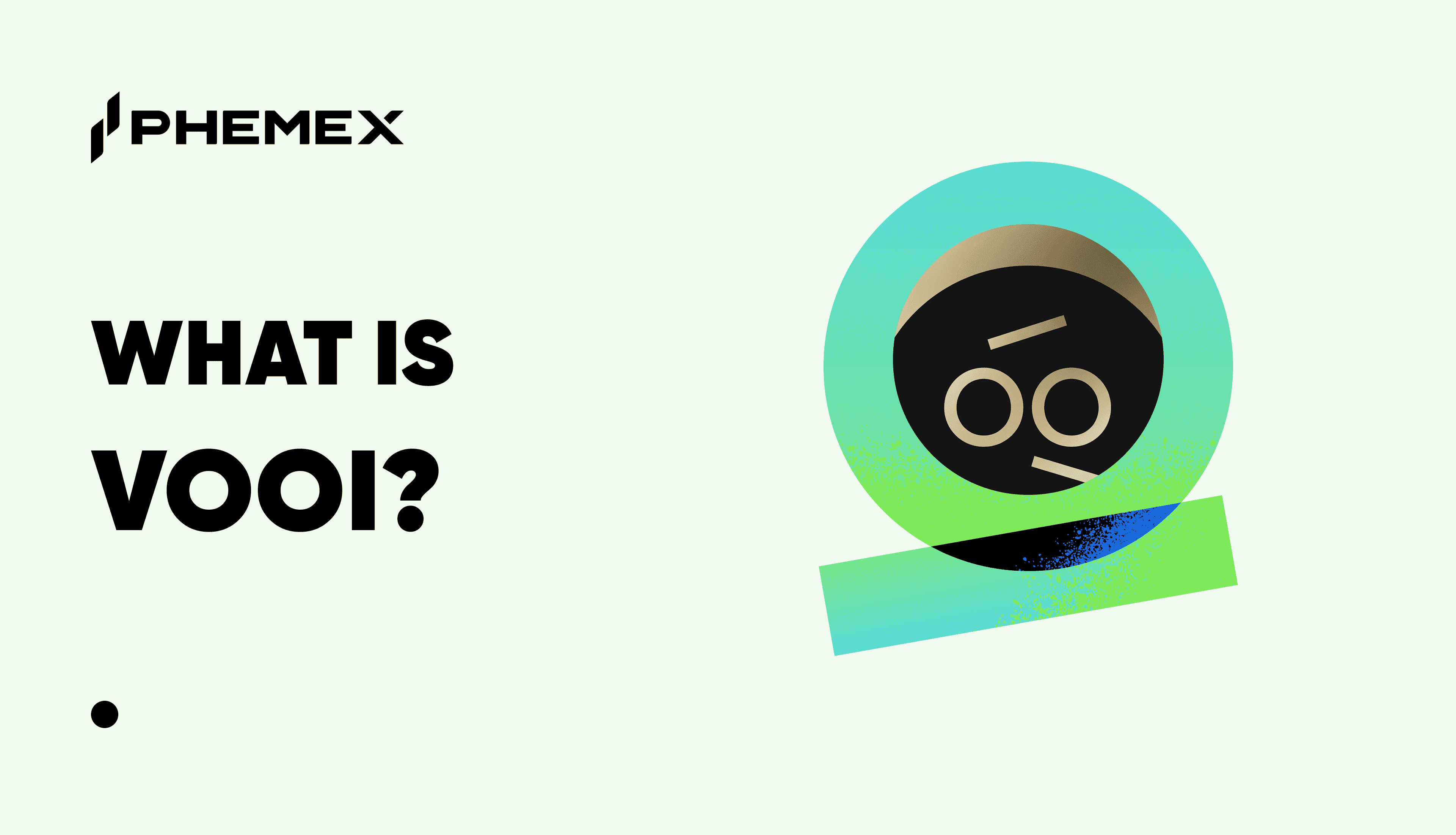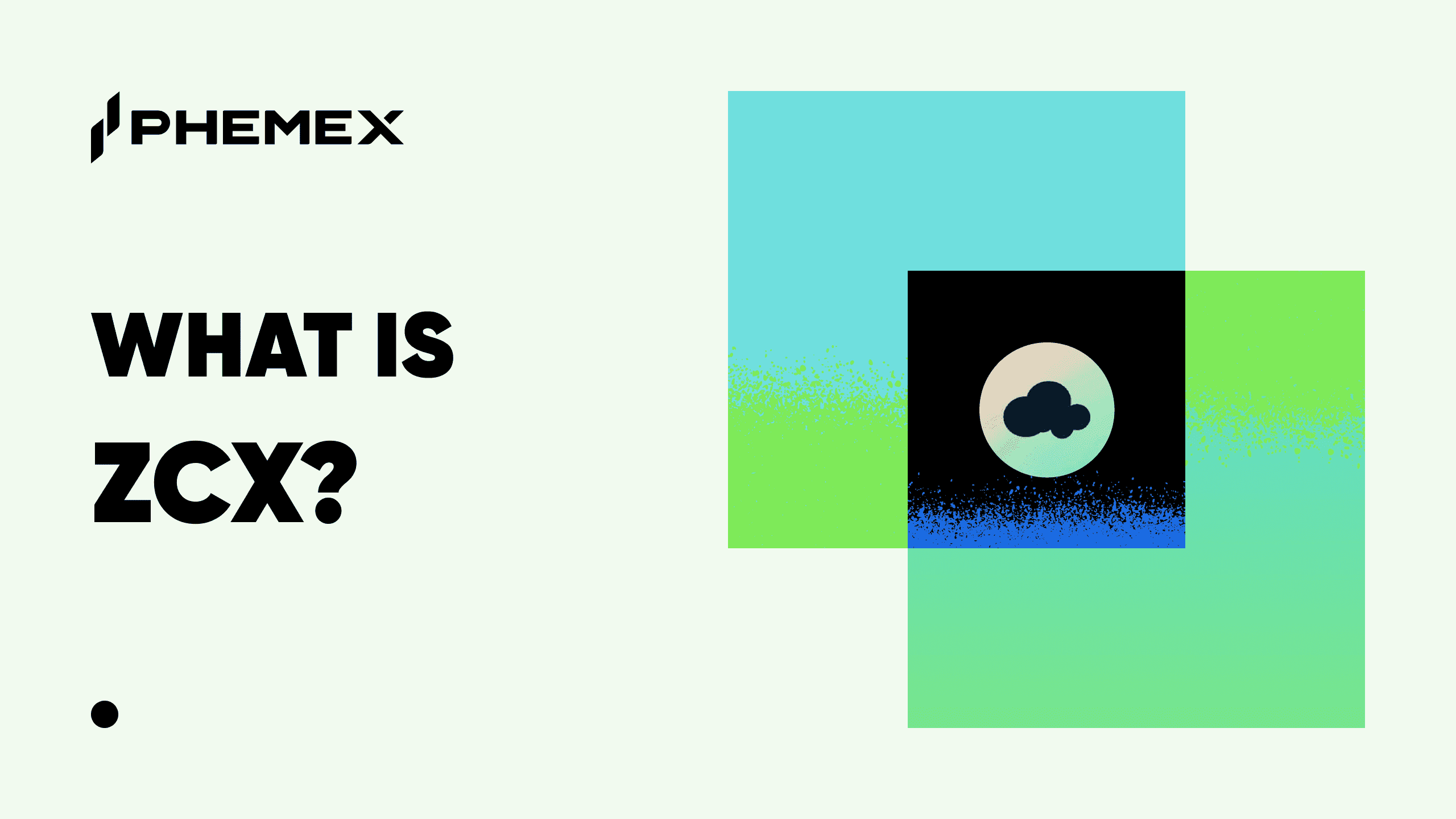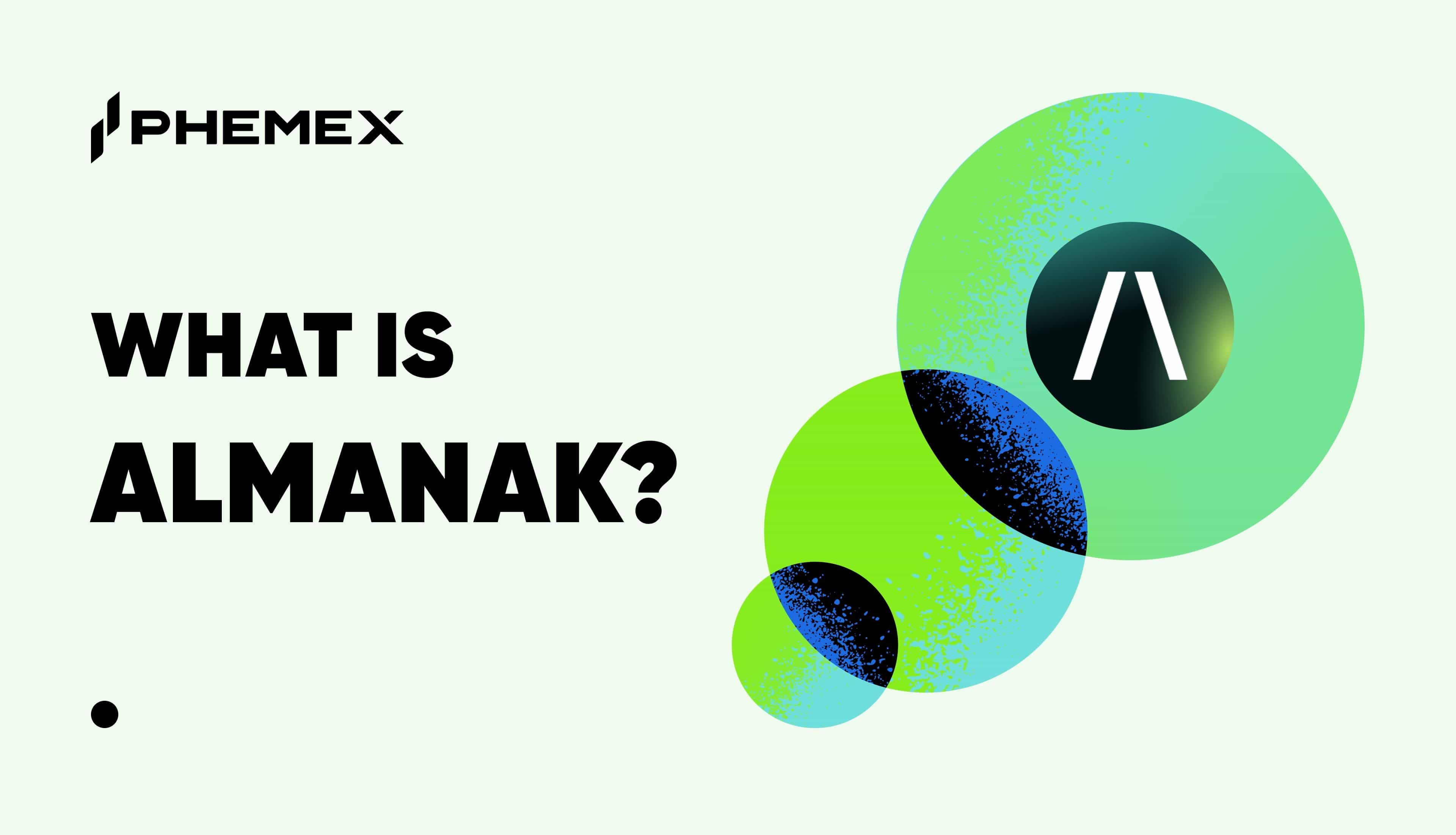Launched in mid-April 2021, Horizon Token (HZN) is the Horizon Protocol’s native token that serves as collateral for the on-chain synthetic assets and derivatives market. HZN trades at $0.11 per token with a circulating supply of 40 million, for a market cap of $4.5 million.

What Is Horizon Protocol?
In October 2020, APEX Network (CPX) and Red Pulse Phoenix (PHX) announced a merger to become Phoenix Global (PHB). It was a decision by both parties to combine their platform’s features to develop Horizon, a larger, more comprehensive decentralized finance (DeFi) platform.
Horizon Protocol is a new DeFi platform that focuses on the creation and trade of on-chain synthetic assets. It is forked from Synthetix (SNX), a decentralized synthetic asset issuance protocol built on the Ethereum (ETH) blockchain. Unlike Synthetix, the Horizon platform is built on the BSC. BSC offers the Horizon platform immediate solutions to scalability issues, such as slow transactions and high gas fees. The platform also uses cross-chain platforms, such as Polkadot (DOT) and Cosmos (ATOM) to improve interoperability with the BSC, Ethereum blockchain, and other blockchains.
Horizon Protocol offers various DeFi services revolved around staking HZN, the platform’s native token. HZN serves as the collateral to mint tradable synthetic assets (called zAssets on Horizon) and the reward from staking and liquidity pools. Users staking HZN will also form a decentralized autonomous organization (DAO). The DAO is responsible for network governance by managing parameters such as collateralization ratio, staking and liquidity pool rewards, and exchange fees. HZN holders will also be able to develop and vote on Horizon Improvement Proposals.
What Does Horizon Protocol Offer?
Horizon Protocol will provide a decentralized marketplace for on-chain synthetic assets and derivatives without needing traditional and centralized financial institutions acting as intermediaries. As previously mentioned, the platform relies on HZN. It encourages users to stake their tokens in a community-based liquidity pool by offering additional HZN as incentives. The HZN rewards come from both the protocol’s HZN inflation policy and the 0.3% exchange fees per transaction. The platform distributes the rewards according to users’ position sizes within the liquidity pool.
When users stake their HZN tokens, the liquidity pool will use the tokens as collateral and mint zAssets. Currently, the platform only offers zUSD, a stablecoin pegged to USD. The protocol issues zAssets at a collateralization ratio of 750%. The over-collateralization is to protect investors from the volatile cryptocurrency markets and avoid liquidation penalties. As an example, suppose a user wishes to mint 100 zUSD. The user would need to collateralize a number of HZN worth $750 to receive 100 zUSD. This collateralization ratio is adjustable and fluctuates according to the HZN price. If a user wishes to withdraw the staked HZN, the protocol will burn the corresponding value of zAssets.
The Horizon platform will also serve as an exchange where users can trade or swap assets using zAssets. The platform only mints zAssets if a user stakes HZN, which means that all zAssets are minted by the same liquidity pool. This means that zAssets are easily exchangeable since HZN tokens back all Horizon-based synthetic assets. Therefore, the Horizon platform is free from trade slippage, where the platform will not execute orders at a price worse than that at which a user placed it. The protocol also seeks to expand into margin, leverage, and options trading in the future.
The Horizon Exchange will rely on the price feeds from oracles to supply the exchange rates of zAssets. Currently, the protocol depends on external data oracle platforms such as Chainlink (LINK) and Band Protocol (BAND), and Phoenix Global’s proprietary Phoenix DeFi Oracle to determine the prices and exchange rates. The Phoenix DeFi Oracle will utilize the Phoenix Chain, originally developed by APEX Network and PHB, the utility token for node operation and price feed validation.
Who Is Behind Horizon Protocol?
Jimmy Hu and Tiger Yang co-founded APEX Technologies, the company behind APEX Network, in 2011. Forbes China listed APEX Technologies as one of the Top 50 most promising companies in 2018. Hu and Yang are both University of California, Berkeley alumni.
- Jimmy Hu serves as Chief Executive Officer (CEO) in APEX Technologies. He is a former advisor for Microsoft and chairman of Tensor Investment Corporation. In 2018, Hu was named “Person of the Year in Artificial Intelligence” by China Internet Weekly and “Product Leader of the Year” by the Chinese Academy of Sciences.
- Tiger Yang is the President of APEX Technologies. Forbes China selected Yang as part of the 30 under 30 list in 2018.
Jonathan Ha, Stanley Chao, and Peter Alexander co-founded Red Pulse in 2015. The company went through a significant upgrade called Phoenix in 2018 to become Red Pulse Phoenix. Ha and Chao left Red Pulse in 2020 and 2019, respectively.
- Jonathan Ha is the former CEO of Red Pulse. He studied Computer Engineering and Economics at the University of Pennsylvania and has a Master’s in Business Administration from the University of California, Berkeley. Ha is the former Director and Head of Consulting for Z-Ben Advisors, a research firm focused on China’s asset management industry.
- Stanley Chao is the former Head of Data of Red Pulse. He has experience in the investment industry and holds a Bachelor of Science in Applied and Computational Mathematical Sciences. Chao worked in various investment companies such as Racing Capital and ATA Funds Management.
- Peter Alexander is currently a non-Executive Chairman for Red Pulse. He is the founder and former Managing Director of Z-Ben Advisors. Alexander has experience in China’s financial services and held roles in Prudential Financial and Nationwide Financial.
The project is relatively new and has only completed an initial farm offering (IFO) on PancakeSwap (CAKE) in mid-April 2021. The platform allocated 10 million HZN for the IFO with a price of $0.25 per token. The platform raised the expected $2.5 million in CAKE-BNB liquidity pool tokens.
Price History
During the IFO in mid-April 2021, HZN traded at an initial price of $0.25, which then rose to its historical peak of $1.7. However, the price soon corrected itself and dropped by almost 250% to $0.50 on April 23. After a price correction, HZN’s price increased by 100% from around $0.50 to $1, possibly fueled by the overall bullish trend for the cryptocurrency market. After that, however, the price plummeted following negative cryptocurrency headlines and has now stabilized at around $0.10.

HZN price from April 15 to July 12, 2021 (Source: CoinMarketCap)
HZN is currently ranked #1174 by market cap. Horizon Protocol minted a supply of 100 million tokens upon the launch of its mainnet. Out of the 100 million tokens, 40 million are in circulation. The network allocated 10 million tokens of the circulating supply for the IFO on PancakeSwap and the other 30 million tokens for liquidity mining. Horizon Protocol also implemented an inflation policy that lasts four and a half years when the total supply increases until approximately 260 million. The protocol’s inflation policy will encourage the platform’s early growth by rewarding users that provide collateral and liquidity.

The total HZN supply over time with the implementation of the inflation policy. (Source: Horizon Protocol)
What Is the Outlook for XXX?
Horizon Protocol is a very new project that is still on its testnet. The team expects that the mainnet will go online in July. At the moment, only three features are available on the testnet – the staking of HZN to mint zUSD, the burning of zUSD to reclaim HZN, and staking rewards (test tokens only). On the other hand, the Horizon Exchange, governance features, and lending and borrowing services are expected to launch within the year. Progress looks good as the Horizon team has followed their roadmap closely, delivering the promised features on time in past months.
The protocol’s Litepaper states that the collateralization ratio is 750%. Even though it is an adjustable value, the collateralization ratio is incredibly high. The weighted average of collateralization ratios across multiple DeFi platforms such as MakerDAO and Compound V2 is around 350%. As a result of a high collateralization ratio, the Horizon platform requires a higher proportion of staked tokens as collateral which may deter users with smaller holdings. Nonetheless, a high collateralization ratio does benefit the lender as it protects their loans.
Horizon Protocol’s biggest competitor is Synthetix, one of the leading synthetic assets platforms in the DeFi space. Like Horizon, Synthetix is a platform for users to stake SNX, its native token to mint synthetic assets. The key difference between the two is that Synthetix is Ethereum-based and suffers from slow transactions and high gas fees during network congestion. In contrast, Horizon Protocol is built on BSC, an independent blockchain that allows for cheaper and faster transactions. Therefore, the Horizon platform can handle larger transaction volumes than Synthetix before coming across scalability issues. However, Horizon is still very new, and it can be difficult for the platform to go against established DeFi platforms like Synthetix.
Conclusion
Horizon Protocol is a new DeFi platform for the creation and trade of synthetic assets. The platform is built on the BSC, which gives faster transactions and cheaper fees. Users can stake HZN on the Horizon platform and receive synthetic assets in return. The platform also has liquidity mining and incentivizes HZN stakers to provide liquidity and collateral to the network. Moreover, HZN holders will also be able to participate in network governance and improvements by voting for protocol parameters and Horizon Improvement Proposals. The platform is currently still on its testnet, thus missing most of its features. The current challenge for the team is undoubtedly getting the protocol’s mainnet online. However, the Horizon team has followed their roadmap closely and delivered many features on time. Hopefully, the team can launch the mainnet in July 2021 as expected so interested investors can utilize the platform’s services.
Read More
- What is Horizen: A Private and Secure Platform for Enterprises
- Synthetix: Is SNX A Good Investment?
- What Is 0x: Facilitating Decentralized P2P Transactions
- What is Zerion: The DeFi Aggregator of the Future?
- What is Hathor Network (HTR): An Alternative Scalable Cryptocurrency
- What is Hedera Hashgraph: A Decentralized Distributed Ledger
- https://phemex.com/academy/defi
- What Is DeFi: How To Be Your Own Bank With $100







